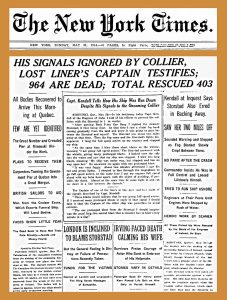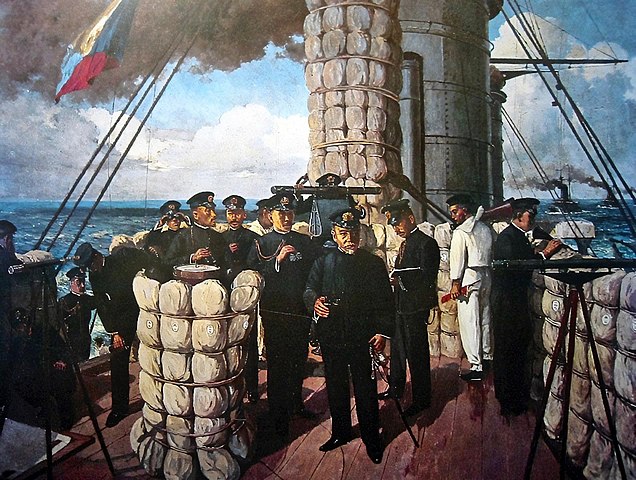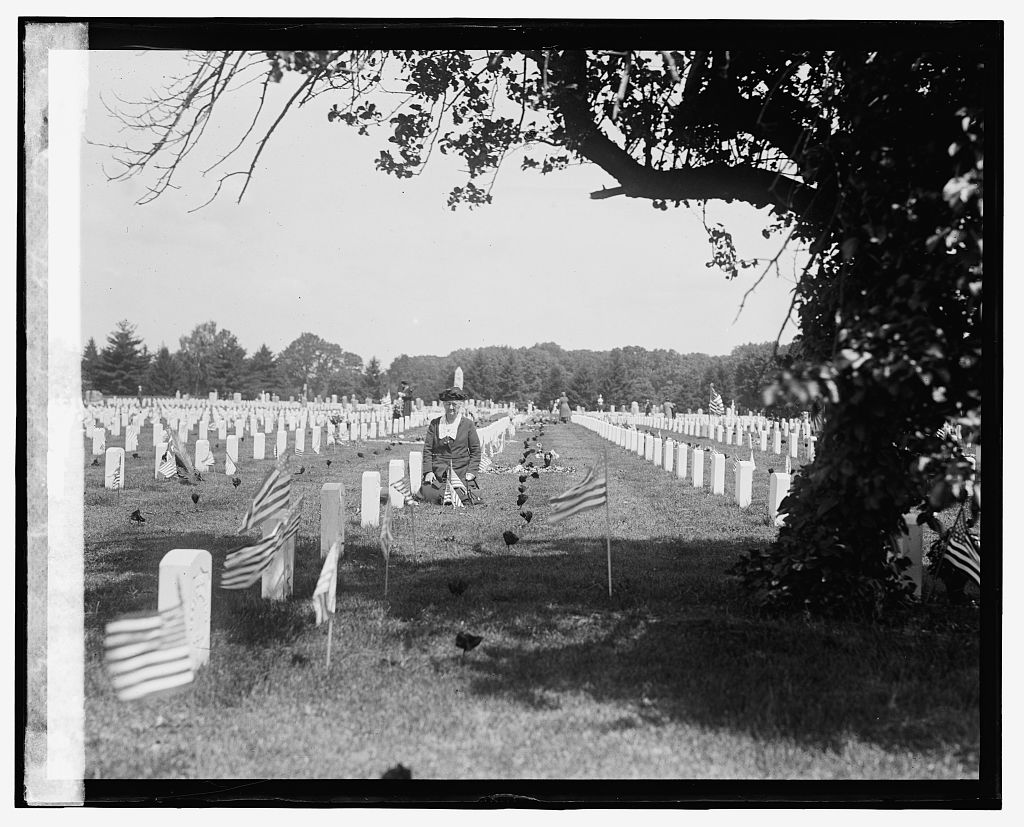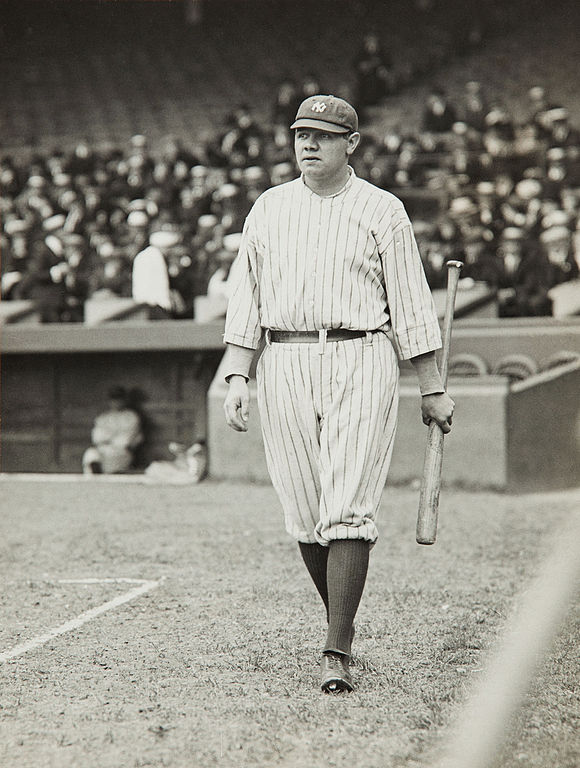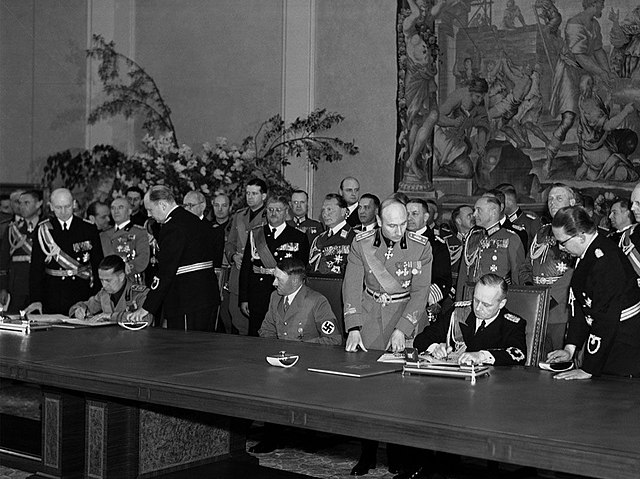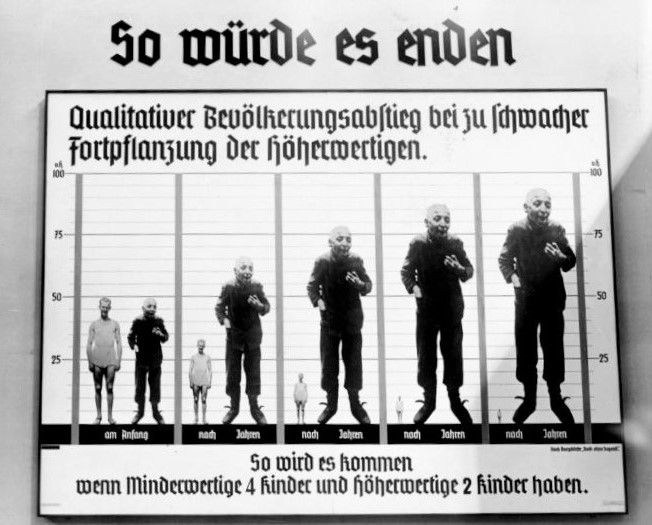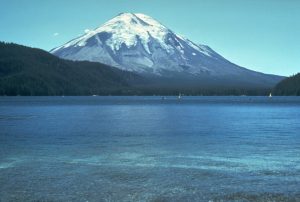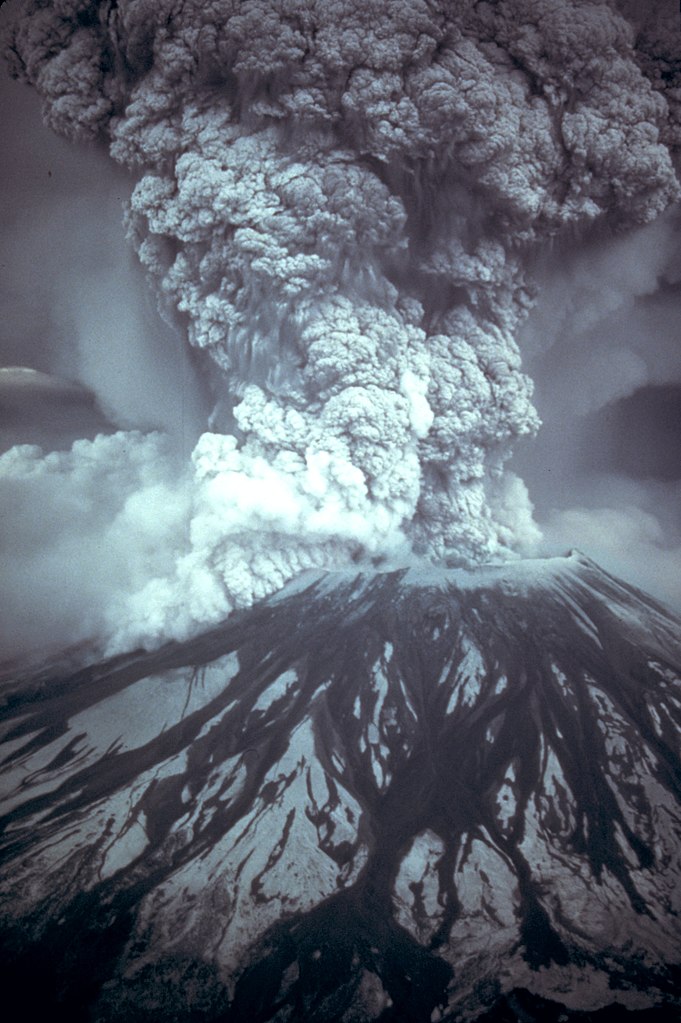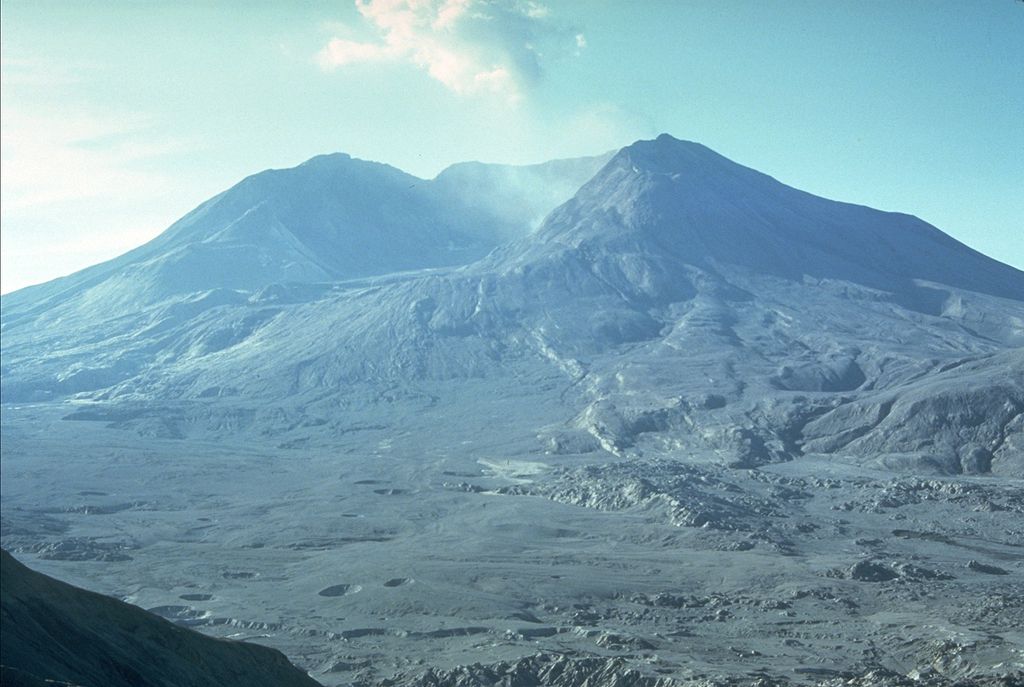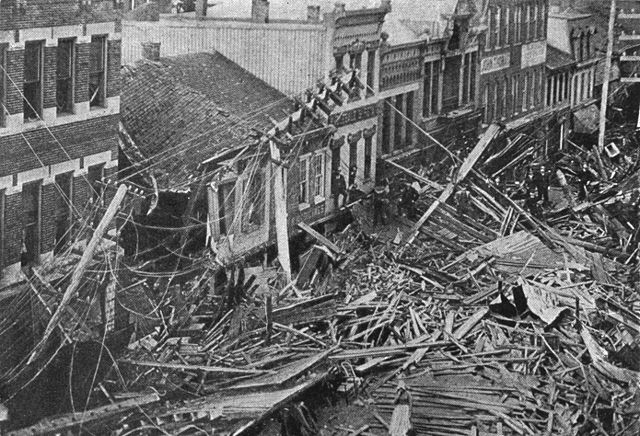
Source Public Domain (Original source:Andrews, E. Benjamin. History of the United States, volume V. Charles Scribner’s Sons, New York. 1912)
On 31 May 1889, a terrible flood devastated the town of Johnstown, Pennsylvania. A catastrophic failure of a dam on the Little Conemaugh River, approximately 14 miles upstream of the town occurred. Several days of heavy rains resulted in a large volume of water in the Lake Conemaugh reservoir. It is estimated 20 million tons of water were unleashed when the dam broke. Scientists believe today the volume of water released through the narrow valley to the town temporarily equaled the flow of the Mississippi River.
It took 57 minutes for the water to traverse the distance to Johnstown, whose citizens were unaware the dam had burst. Several towns along the way were hit by the raging waters along the way. Debris included livestock, homes, railroad cars and whatever it picked up along the way. It was temporarily stopped at the Conemaugh Viaduct, a 78-foot railroad bridge but it gave way allowing the flood to resume. This is believed to have made the flood stronger and thus hit Johnstown traveling at 40 mph and reaching 60 feet in height. People who managed to flee to high ground, whether it be in attics or racing to higher ground, generally survived. Many were crushed by falling debris or hit by debris within the flood surge. A second surge to hit Johnstown occurred when flood waters that had been stopped by debris at Stone Bridge gave way and entered the town from a different direction.
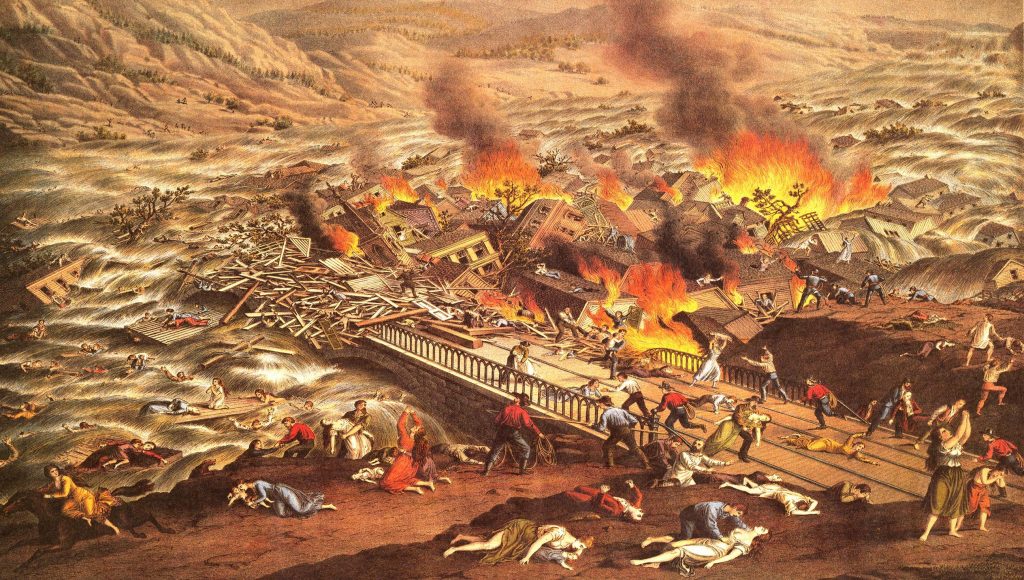
Unknown Artist, 1890
Reproduced from a lithograph print published by Kurz & Allison Art Publishers,Chicago Ill.
Public Domain via Wikimedia Commons
When it was all over, Johnstown had been devastated and the death toll stood at 2,209. This made it the largest single loss of life up to that time. 99 families died, 396 children. A large number of widows, widowers, and orphan children resulted from the tragedy. Some remains were never identified and buried in “Plot of the Unknown” in Grandview Cemetery in Westmont. Property damage was extensive with homes and industry damaged. The American Red Cross, newly founded in 1881 by Clara Barton, assisted survivors and stayed for five months. Although significant improvements have been made to protect residents of the area from floods, they still occasionally threaten and cause damage to property and life. The last major catastrophe occurred in 1977 when severe thunderstorms caused the river to rise and reaching heights of 8 feet and more. 78 people died in the area and $200 million in property damage occurred.
Many blamed the dam failure on the South Fork Fishing and Hunting Club for failing to maintain the dam properly. Many of its members were millionaires (and the lawyers that defended it in court were also members). However, due to limited liability laws and a determination that the dam broke due to an act of God, the South Fork Club was deemed not liable and so no money was paid to survivors. However, many members did contribute money to the relief funds for the town. Andrew Carnegie built a new library. Laws would change so that strict liability would be assessed against such organizations in the future.
Postscript
My grandfather was born in Johnstown a few years after this disaster and grew up knowing about what happened. Years later after moving to Leavenworth, Washington (known today as the Bavarian Village) he met a survivor of the flood. She had been a very young girl back then and her entire family had been wiped out. Worse the damage had destroyed the local records office where birth records had been kept. So, while she knew her first name, her family name was unknown. A lasting reminder of the effects of such disasters can have on people
[Note: This has been edited for spelling and punctuation from earlier postings. I have also updated the sources for this post as well and added in a YouTube documentary.]
Sources
Johnstown Flood National Memorial (U.S. National Park Service). www.nps.gov/jofl/index.htm.
“Flood History – Johnstown Area Heritage Association.” Johnstown Area Heritage Association, 13 Dec. 2019, www.jaha.org/attractions/johnstown-flood-museum/flood-history.
Hurst, David. “It’s Still Controversial’: Debate Rages Over Culpability of Wealthy Club Members.” The Tribune Democrat, 25 May 2014, www.tribdem.com/news/it-s-still-controversial-debate-rages-over-culpability-of-wealthy/article_efecef7a-4a87-5b22-95e7-866e8f48206c.html.
Pennsylvania Highways: Johnstown Flood. www.pahighways.com/features/johnstownflood.html.
—. “Johnstown Flood.” Wikipedia, 25 Apr. 2024, en.wikipedia.org/wiki/Johnstown_Flood.

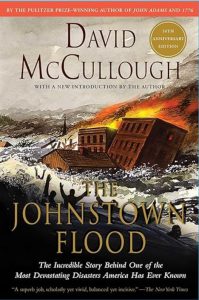
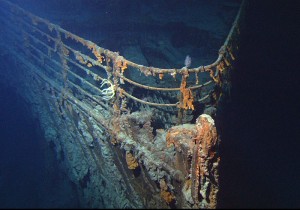
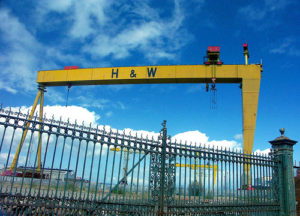

 TITANIC: The Artifact Exhibition Arrives in Germany This July. 22 May 2024,
TITANIC: The Artifact Exhibition Arrives in Germany This July. 22 May 2024, 

